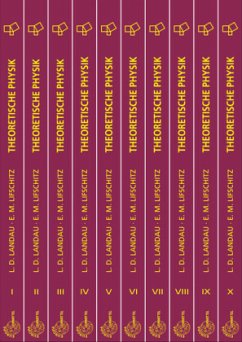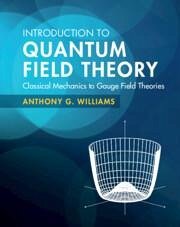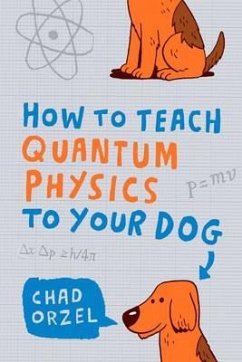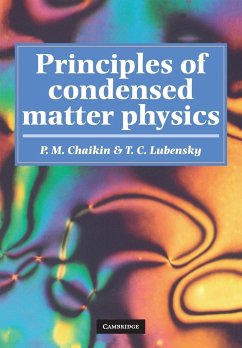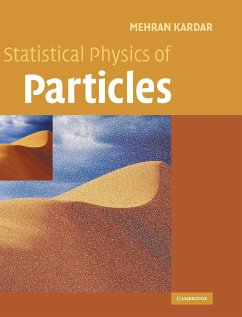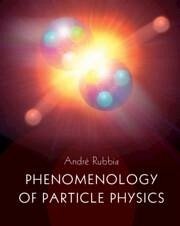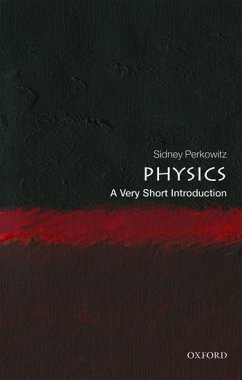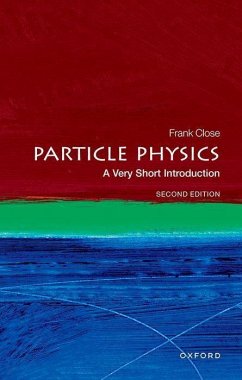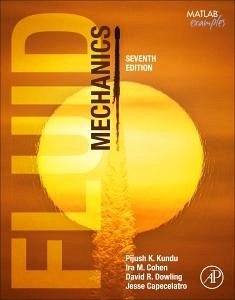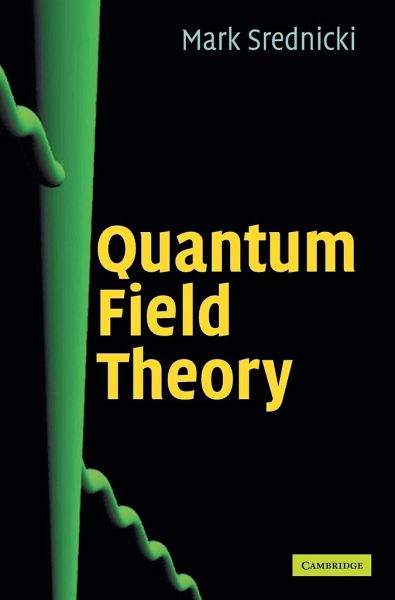
Quantum Field Theory
Versandkostenfrei!
Versandfertig in 1-2 Wochen
93,99 €
inkl. MwSt.
Weitere Ausgaben:

PAYBACK Punkte
47 °P sammeln!
This textbook is an essential introduction to quantum field theory, covering all the key theories necessary to understand the standard model. It is ideal for graduate students studying quantum field theory and elementary particle theory. It contains extensive problems, with solutions available to lecturers at www.cambridge.org/9780521864497.





